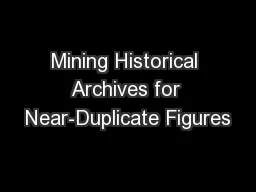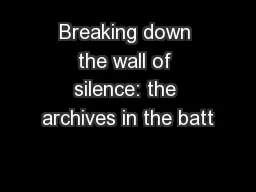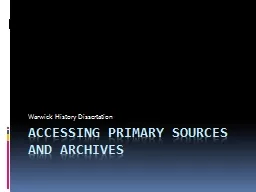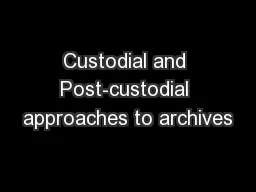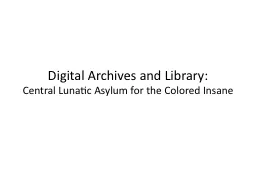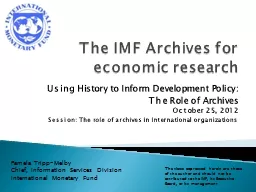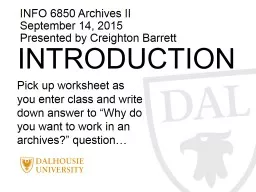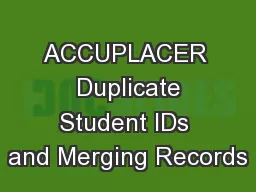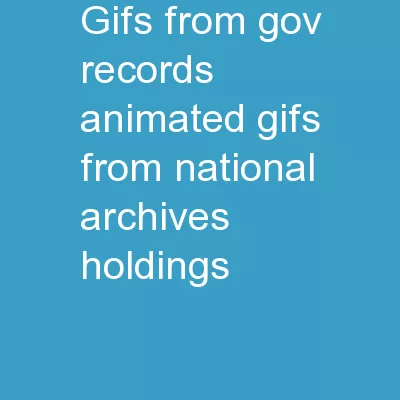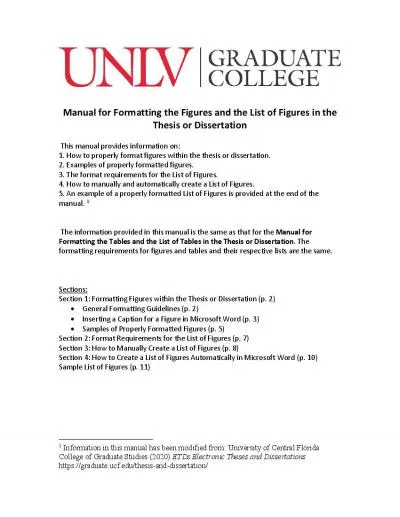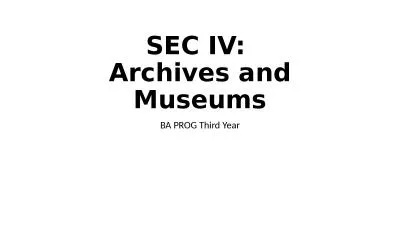PPT-Mining Historical Archives for Near-Duplicate Figures
Author : lindy-dunigan | Published Date : 2016-06-14
Thanawin Rakthanmanon Qiang Zhu and Eamonn J Keogh Biddulphia alternans JW Bailey Van Heurck Synonyms Triceratium alternans JW Bailey Image source digitised
Presentation Embed Code
Download Presentation
Download Presentation The PPT/PDF document "Mining Historical Archives for Near-Dupl..." is the property of its rightful owner. Permission is granted to download and print the materials on this website for personal, non-commercial use only, and to display it on your personal computer provided you do not modify the materials and that you retain all copyright notices contained in the materials. By downloading content from our website, you accept the terms of this agreement.
Mining Historical Archives for Near-Duplicate Figures: Transcript
Download Rules Of Document
"Mining Historical Archives for Near-Duplicate Figures"The content belongs to its owner. You may download and print it for personal use, without modification, and keep all copyright notices. By downloading, you agree to these terms.
Related Documents

